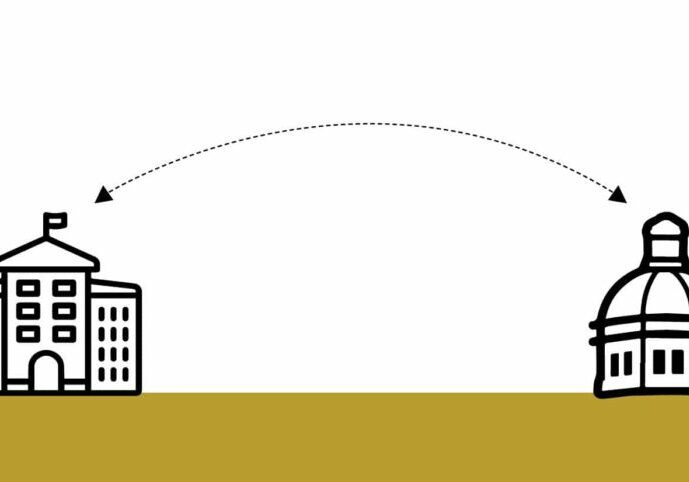But barriers to equitable credit transfer must be addressed
By Melissa Krieger
Community college is an affordable option toward earning a bachelor’s degree, attracting students and their families who seek low-cost tuition for the first two years of their academic journey. Yet, community college students who have a calling to become public school classroom teachers find many challenges along their path to successfully transferring to four-year teacher education programs.
New Jersey’s Lampitt Law, passed in 2008, also known as the Comprehensive Statewide Transfer Agreement, guarantees New Jersey four-year public colleges and universities “generally” accept all 60 credits of an earned associate degree. However, this does not ensure a ceiling of 60 more credits in the third and fourth years. Students who transfer from community college see their credits articulate as prerequisite and elective courses, leaving them with a minimum of 72 credits during their third and fourth years. Policies like these negate the value of courses completed during students’ community college years.
We need to create direct pipelines for potential educators who transfer into bachelor’s programs with an associate degree, ensuring the practice that 60 community college credits are accepted, making an additional 60 college credits on the bachelor’s degree side sufficient to fulfill the requirements for New Jersey teacher certification.
Dynamic innovation is necessary to design transparent articulation agreements. Such transfer agreements would create a direct path to increasing the diversity of teachers employed in our public schools. Because community colleges serve a large percentage of minority students (Ma and Baum, 2016), we have the chance to increase the diversity of our public school teacher population. Yet, as New Jersey’s school district superintendents lament the decreasing teacher candidate pools, systemic barriers remain for diverse teacher candidates.
In New Jersey, the demographic disparity between educators and the students they serve is great. According to the New Jersey Department of Education, 57.6% of students identify as Black, Hispanic, Native American, Hawaiian Native, or two or more races, but only 16.4% of New Jersey teachers identify similarly.
The National Center for Education Statistics (NCES) reports that the U.S. will have 450,000 fewer students attending college between 2026 and 2030; a 15% drop. To address the declining enrollment, New Jersey’s higher education stakeholders should pay attention to an untapped source of enrollment: teacher candidates from community colleges. The assurance of transfer support should be explicitly stated within the strategic plans of equity-minded colleges and universities.
Potential teacher candidates face another obstacle on community college campuses. Aware of the current state of the transfer process for these students, advisers often direct such students to register for general studies or liberal arts programs. This is unfortunate, as graduation rates increase when students follow an academic program course that includes sequential courses that match their interests (Bailey, Jaggars, and Jenkins, 2015). Providing students who want to be teachers with opportunities to collaborate with like-minded peers and professors, all who share a passion for teaching, is an approach that supports their persistence. Being a part of a learning community is the scaffolding for successful transfer to four-year teacher preparation programs.
For community college students who have earned the required 3.0 GPA and a minimum passing grade on a Core Praxis, ACT, or SAT, shouldn’t we invest considerable effort to support their career path? To exacerbate the credit transfer inequities, some New Jersey teacher education programs are offered only on the graduate level. As the first two years of community college provide time for future teacher candidates to develop academic and social skills required of public school teachers, disruptive change is needed to bridge education and opportunity gaps. Mutually beneficial partnerships across two and four-year schools provide an illuminated path for current and future students to overcome inequities experienced in the past.
Creating pipelines for diverse teacher candidates can avert enrollment problems for four-year colleges and universities, giving them a running start on how to fill inevitable enrollment gaps. Guiding students through a transparent pathway to teacher certification can have societal impact, creating a butterfly effect; diverse teachers teaching equally diverse students in inclusive classrooms across the state.
Melissa Krieger is an associate professor of education at Bergen Community College and a doctoral candidate at Maryville University. She can be reached at melissakrieger1@gmail.com.
